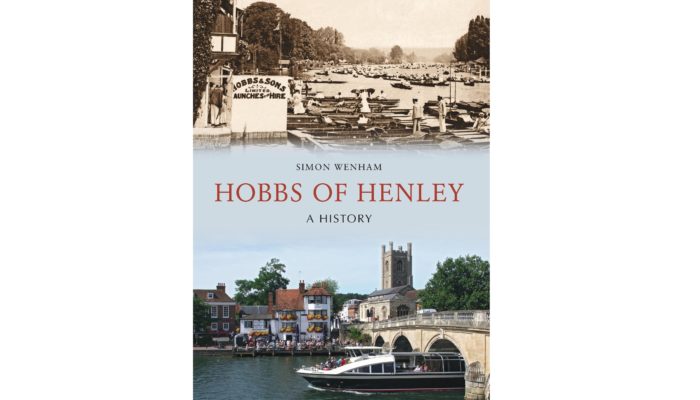10 interesting facts about Henley
Facts about the town taken from Hobbs of Henley: a History by Simon Wenham (published by Amberley Press).
1. Inappropriate bathing
In the interwar period there was concern about indecent semi-clad bathers in the town. The Thames Conservancy even considered bringing in a by-law to ensure boaters were clad appropriately, but the authorities conceded that fashions had changed from the more formal Victorian and Edwarian period. Swimming was very popular in the interwar period and on the bank holiday weekend of 1933, 2,725 people visited the council-run bathing area of the Wargrave Road, the equivalent of 40% of the population.
2. Regatta sewage
Around 35,000 people arrived in Henley by train at the end of the nineteenth century to watch the regatta. This put a strain on the infrastructure and in 1902 one pumping station reported that it had to deal with 200,000 gallons of sewage (the equivalent of 35 gallons per head of the normal population).
3. Red squirrels
Henley was a small town in the 1870s with a population of just over 5,000 (including Rotherfield Greys). It retained its rural charm and not only were red squirrels still in the trees, but its southern border was flanked by fields full of hares.
4. Swan attack
Dennis Guye, the champion oarsman, had to be rescued from the river in 1933 after a swan attacked him. There were many accidents on the river and the Hobbs family was involved in saving many lives over the decades, including some young children who got into trouble.
5. A military mayor
Despite being in his fifties and the mayor of the Henley at the time, W. A. Hobbs (1863-1945), who served in the voluntary army, quit his political post in order to serve in the First World War. He was also in charge of the Voluntary Fire Brigade for many years and was the key figure responsible for the construction of the Memorial Hospital and the council acquiring Mill Meadows.
6. Cars in the river
The road layout of Henley resulted in cars regularly ending up in the river, often when a handbrake had been left off. In December 2001, the driver of a car had to be rescued from a car that slid on ice and ended up in the Thames by Riverside Terrace.
7. Barge trade
Henley was known for its malt, timber and corn, much of which was transported by barge prior to the railway age. The Hobbs family ran a riverside wharf in Hambleden from 1621, meaning that their association with the river predates the Brakspear family’s connection with the drinks industry.
8. Boat wars
There were now fewer than twelve(!) boat businesses operating in Henley in 1896. Although this number reduced in the twentieth century, there could be cut-throat competition between the firms. There were also disputes within firms with members of the Hobbs family operating against each other after the Second World War, the Hooper brothers taking each other to court in 1931 and a feud between the Parrotts, which came to blows and involved one of them throttling his own uncle 1927!
9. Murder
The town was transformed by the arrival of many evacuees during the Second World War. In 1943, one of them, Doris Staples, was murdered by her American serviceman boyfriend Private John Waters, which shocked the usually quiet town. In the same year, a B-17 American bomber crashed near Wargrave, having been struck by lightning killing nine of the ten crew on board. When victory was finally declared at the end of conflict the employees of Stuart Turner processed through the streets with an effigy of Hitler in a coffin that was then uncerominously dumped onto a bonfire.
10. Building the regatta course
Hobbs of Henley constructed the Henley Regatta Course from 1919-1988. By 1984, the job, which preoccupied the construction team from April to August, required 540 wooden piles, 200 booms, 200 bolts, 400 hundredweight of nails, 200 buoys and 2 miles of wire cable.

